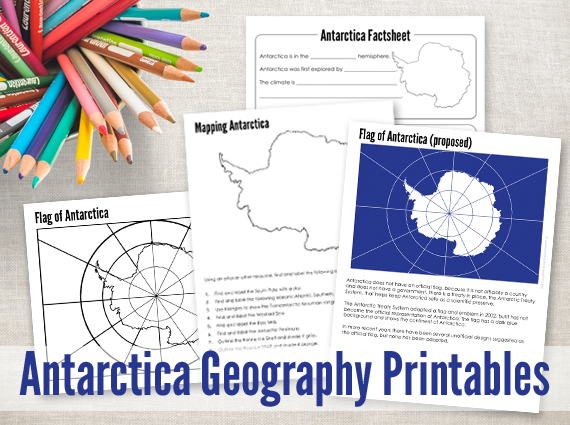
Our recent geography study has taken us to Antarctica and that involved some more updated printables for Kaleb. While Antarctica isn’t a country and doesn’t have a government per se, these were helpful to us in our learning. Below too you will find additional helps for learning tools, lesson plans, and a book unit from other moms to help you out as well.
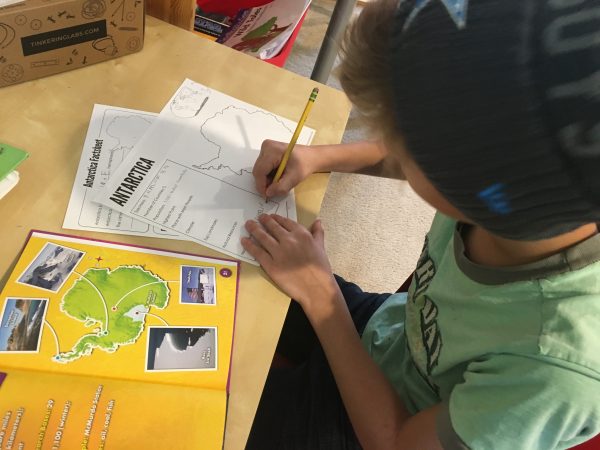
The Antarctica Geography Printables include the following worksheets:
-
an Antarctica mapping sheet {map mountains, oceans, ice shelves, science station, and other geographical information}
-
an Antarctica factsheet to write down information about Antarctica including current population, climate, type of government, and more.
-
an Antarctica flag coloring page (both unofficial and proposed)
- an Antarctica flag information sheet and notebooking page
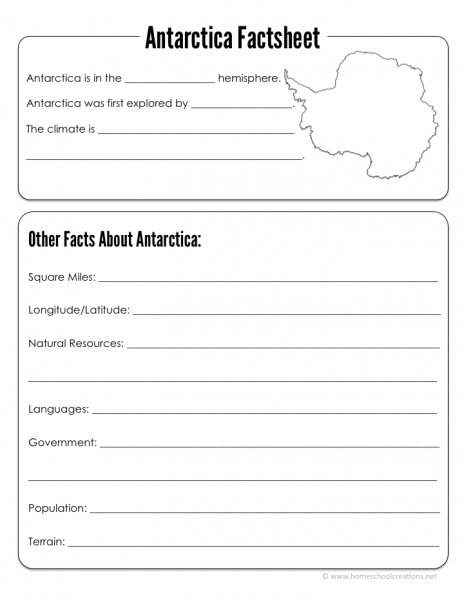 |
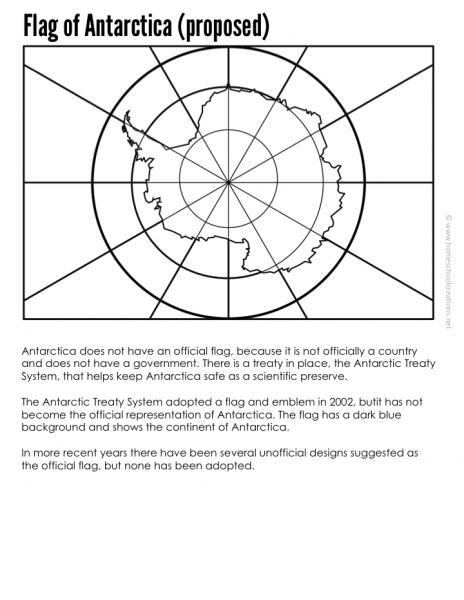 |
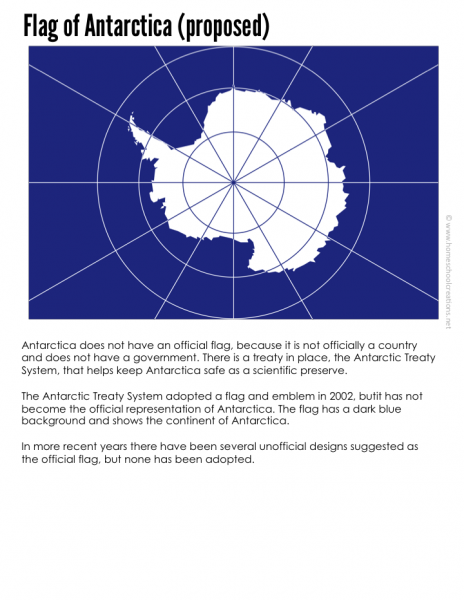 |
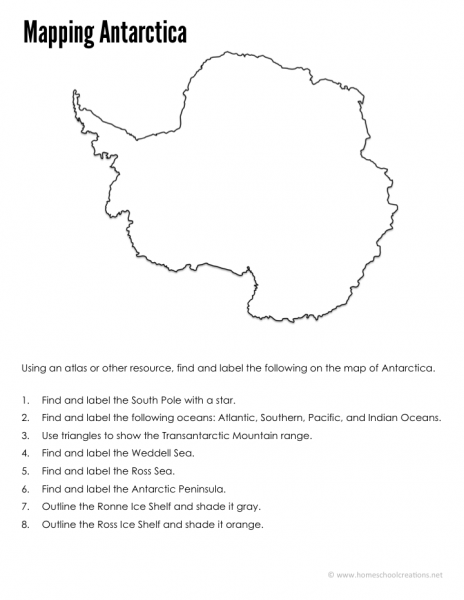 |
We’ve been using the below books to help us fill in the information blanks with our pages:
Here are a few helpful sites to look at in your Antarctica studies:
- Learning About Shackleton
- Nova online – 360 degree views of Antarctica. Also some other great links via this site.
- Mr. Popper’s Penguins Unit Study from Homeschool Share
- Penguin unit study from Look We’re Learning
- Antarctica unit from Every Star is Different
More Geography Resources
FREE Continent Fact Files
Don’t miss these FREE geography printables listed by continent…
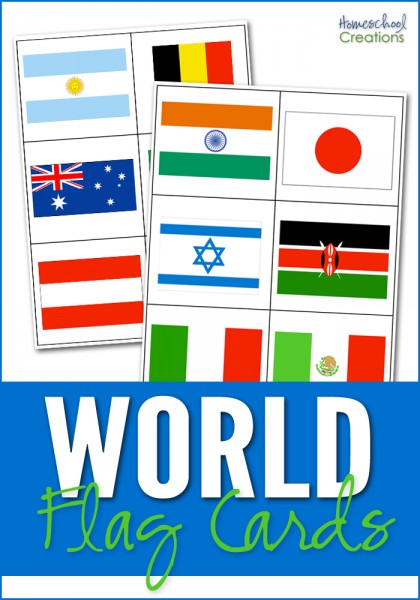 |
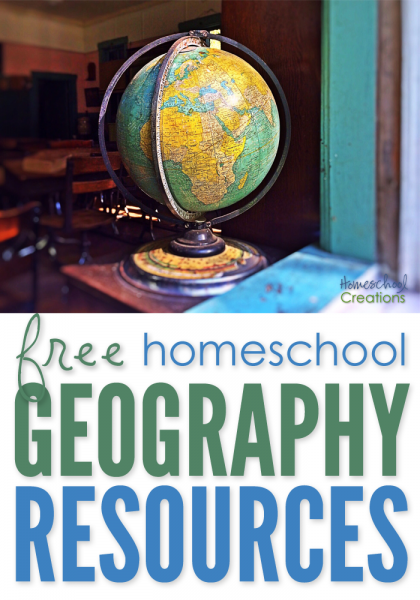 |
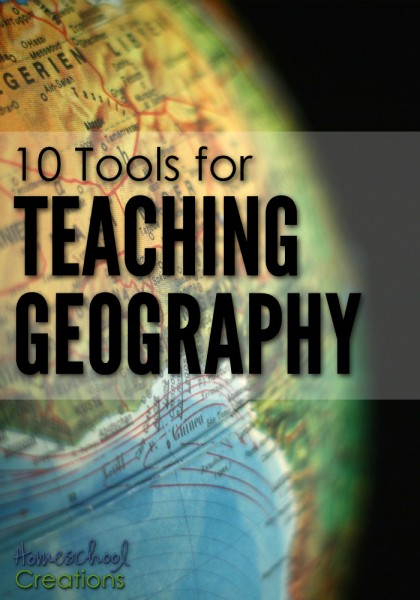 |
Click on one of the globes below to search for geography resources by continent. Each page has downloads for flag coloring and information pages, mapping pages, and links to blog post full of lesson plans and additional information.



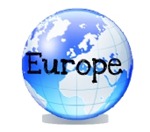

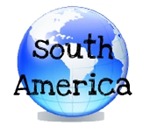

We also highly recommend taking part in a Little Passports subscription! Not sure which adventure to choose for your explorer? Check out these Little Passports website for more information.



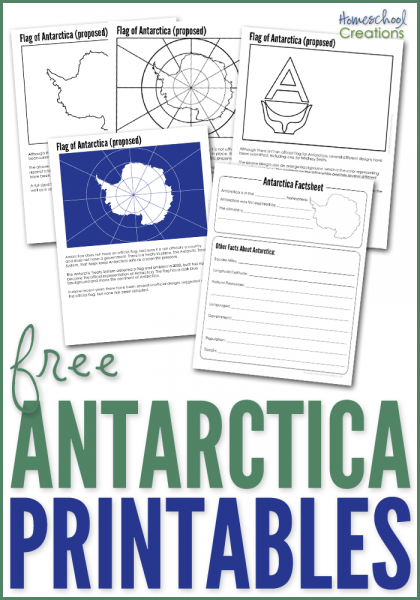
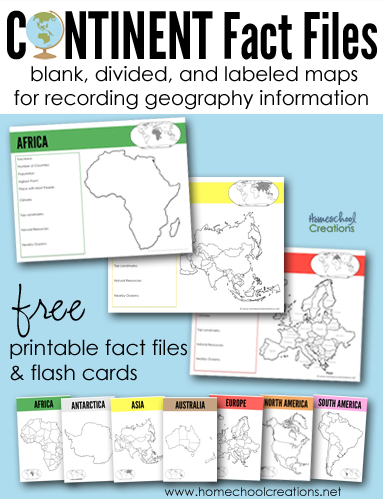
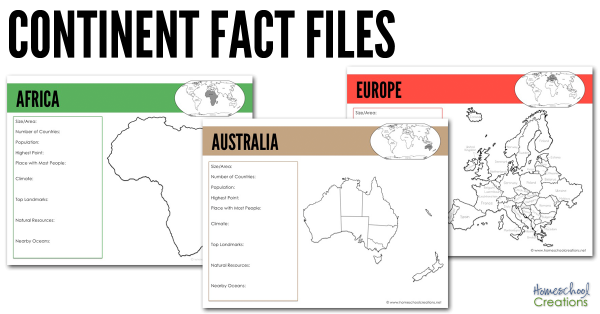
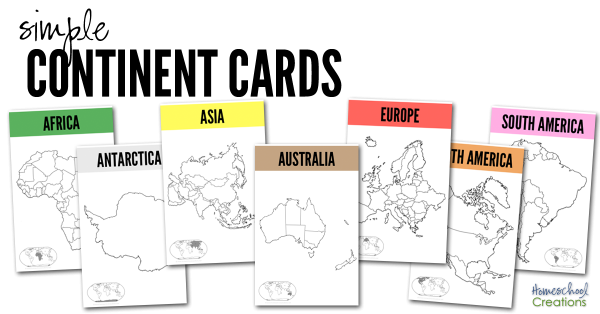
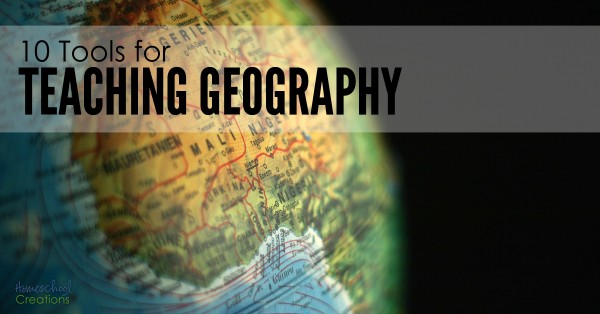
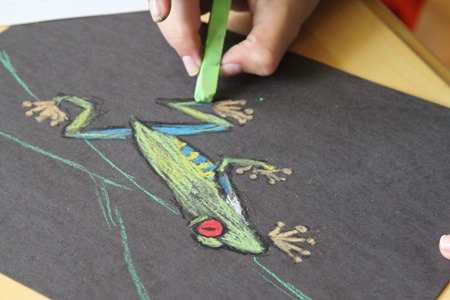

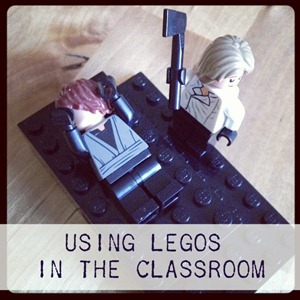
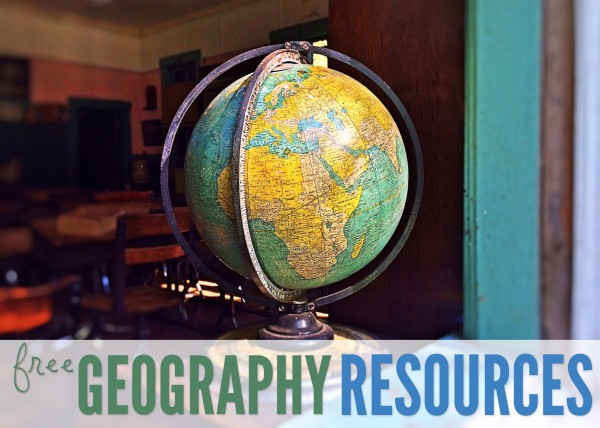
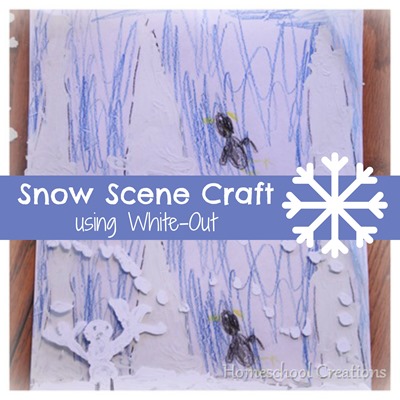
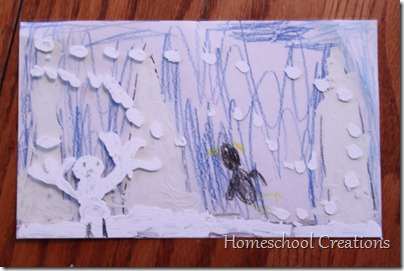
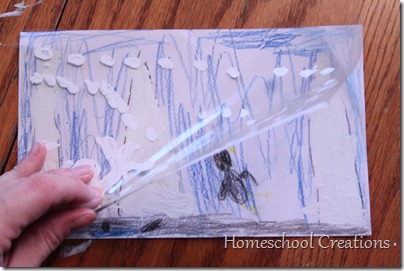
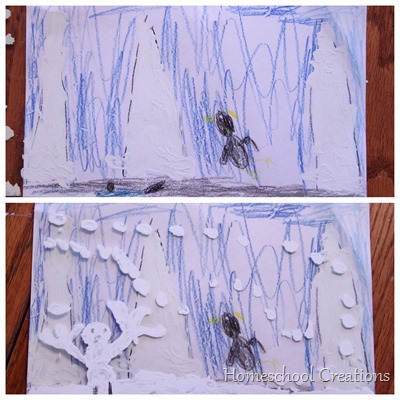
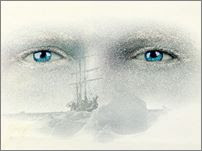





 The printables shared on this site are FREE of charge unless otherwise noted, and you are welcome to download them for your personal and/or classroom use only. However, free or purchased printables are NOT to be reproduced, hosted, sold, shared, or stored on any other website or electronic retrieval system (such as Scribd or Google docs). My printables are copyright protected and I appreciate your help in keeping them that way.
If you download and use some of my printables and then blog about them, please provide a link back to my blog and let me know - I'd love to see how you are using them! Please be sure to link to the blog post or web page and not directly to the file itself. Thank you!
The printables shared on this site are FREE of charge unless otherwise noted, and you are welcome to download them for your personal and/or classroom use only. However, free or purchased printables are NOT to be reproduced, hosted, sold, shared, or stored on any other website or electronic retrieval system (such as Scribd or Google docs). My printables are copyright protected and I appreciate your help in keeping them that way.
If you download and use some of my printables and then blog about them, please provide a link back to my blog and let me know - I'd love to see how you are using them! Please be sure to link to the blog post or web page and not directly to the file itself. Thank you!